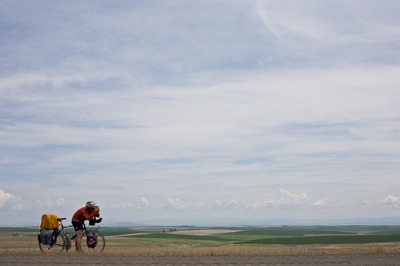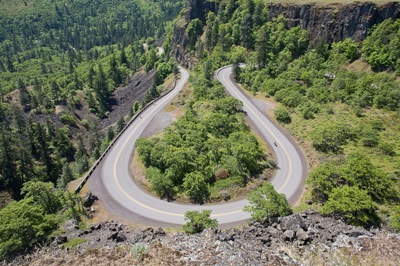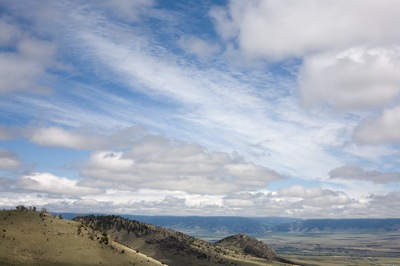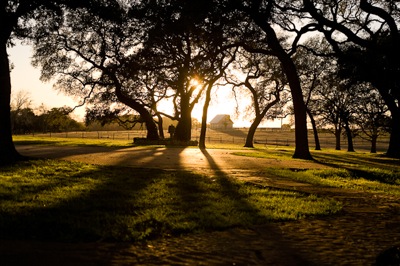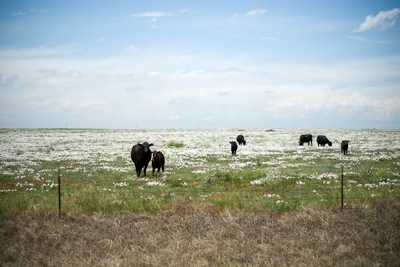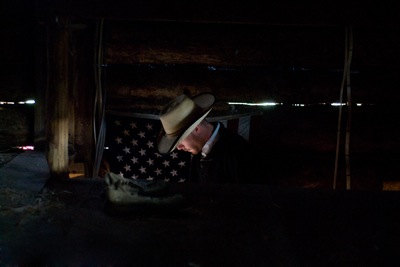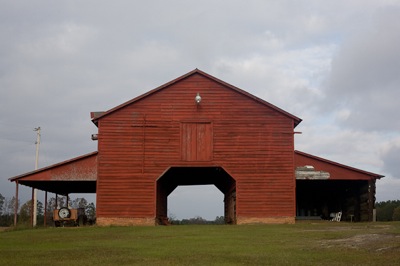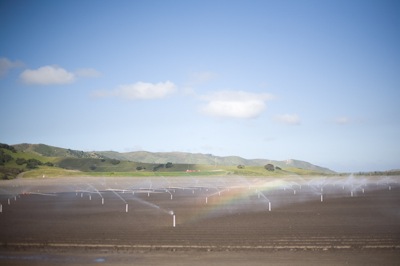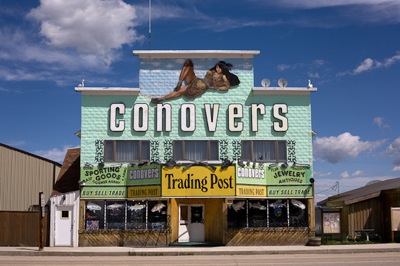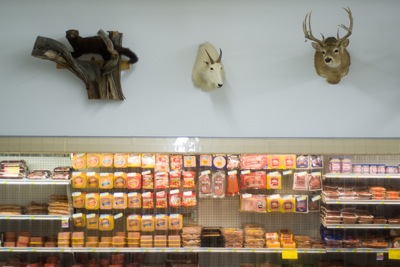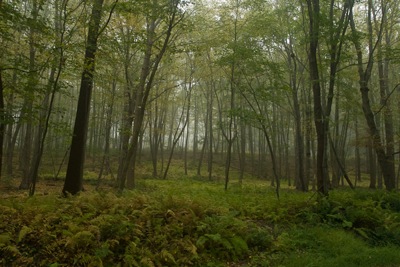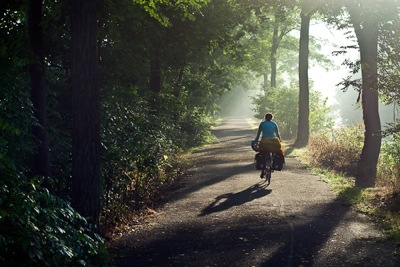Green America:
On an 11,000-Mile Bike Ride, a UB Alum Discovers What Americans Really Think About the Environment
Photographers Morrigan McCarthy and Alan Winslow, a UB alum, bicycled through 30 states on a journey to document Americans’ opinions on the environment. These portraits of interview subjects, along with the accompanying audio clip below, are among materials the partners gathered during their 11-month trip.
Hear what Winslow's interview subjects had to say about the environment
Three years ago, UB alum Alan Winslow set out to see America. With Morrigan McCarthy, a friend, Winslow packed cameras and digital recorders onto a pair of bicycles. Over the next 11 months, the partners—both photographers—zig-zagged through 30 states on an 11,000-mile ride.
Their goal: To document, through pictures and sound, the opinions of small-town Americans on the environment.
Their journey, which they called “Project Tandem,” culminated in a gallery exhibit that they have been showing for the past two years in cities including Rockland Maine, Henniker, N.H., Washington D.C., West Palm Beach, Fla. and Buffalo.
View Alan Winslow's Profile
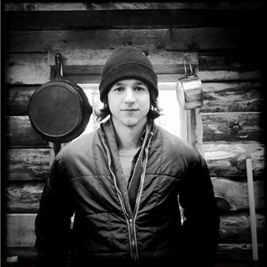
"Cycling is a great way to see the country at 10 mph. You're forced to look at everything and observe everything. The culture in these small towns is so much different. It was just a really fascinating experience to see what's important to people."
— Alan Winslow, BA '07
The show includes black-and-white portraits of the people they met—a fisherman unloading crawfish in Mamou, La., a real estate broker standing in a beachfront home in hurricane-battered Florida—along with audio of the subjects discussing their perspectives.
From Rust Belt factory towns to Gulf Coast harbors, common themes surfaced as Winslow and McCarthy recorded interviews. People felt that policymakers were failing to consider how laws, including those promoting conservation, were affecting Americans’ daily lives.
The daughter of a midwestern farmer worried that small reductions in water quotas for irrigation would keep her father from growing enough crops to make a living.
In Wyoming, a cattle rancher reported that the reintroduction of grey wolves to Yellowstone National Park had been so successful that the predators were now killing cows on his property.
The openness of the people Winslow met, along with their very real concerns, changed his thinking on the environment and America.
He realized that national problems had local impacts and needed local solutions.
He also observed that many rural residents, while refusing to call themselves environmentalists, had smaller carbon footprints than green-minded city dwellers accustomed to luxuries like air travel or imported food.
Most people Winslow encountered lived more simply. Some ate what they hunted.
Winslow, who graduated from UB in 2007 with a bachelor’s degree in photography and environmental studies, says Project Tandem opened his eyes to how little he really knew about America.
Simple curiosity sparked the endeavor: He and McCarthy were living in New York City in 2008 when they began discussing how newspapers were reporting on the environment.
“The media was covering this issue using polls and statistics, and we decided that wasn’t giving people a voice,” he says. “So we came up with this idea of going around the country to ask real people what they thought.”
Along the way, Winslow’s academic training enabled him to ask intelligent questions about natural disasters, water pollution, sustainable forestry and other topics.
His experience volunteering with Earth Spirit, a nature education program founded by a UB lecturer, gave him the confidence to talk to strangers.
His advice to the rest of us: Travel more around America. Listen to what people in other parts of the country have to say. Learn from the diversity of cultures and ideas that exists right here, at home.
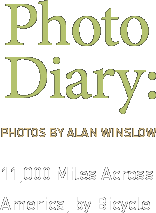
Mapping Project Tandem
Check out a map depicting Winslow and McCarthy’s route around the United States. Starting in the Northeast, they headed south to Florida and west to California. From there, they made their way up the Pacific Coast and stopped in Washington State and Oregon before turning back east.
Up Next: The Geography of Youth:
Winslow and McCarthy are embarking on a second adventure: “The Geography of Youth.” Departing from Fairbanks, Alaska this July, the two will ride their bicycles for 30,000-plus miles through more than 50 countries. Along the way, they’ll use photography, video, audio and writing to produce “digital postcards” documenting the lives of 20-somethings all over the world. Like Project Tandem, the Geography of Youth is supported by corporate donations and grants. Sponsors include the Maine Arts Commission, Think Conservatory, Waterford Precision Bicycles and other companies.
Restless Collective
As documentary photographers, Winslow and McCarthy operate under the umbrella title “Restless Collective.” Learn about their work and connect with them online.


























